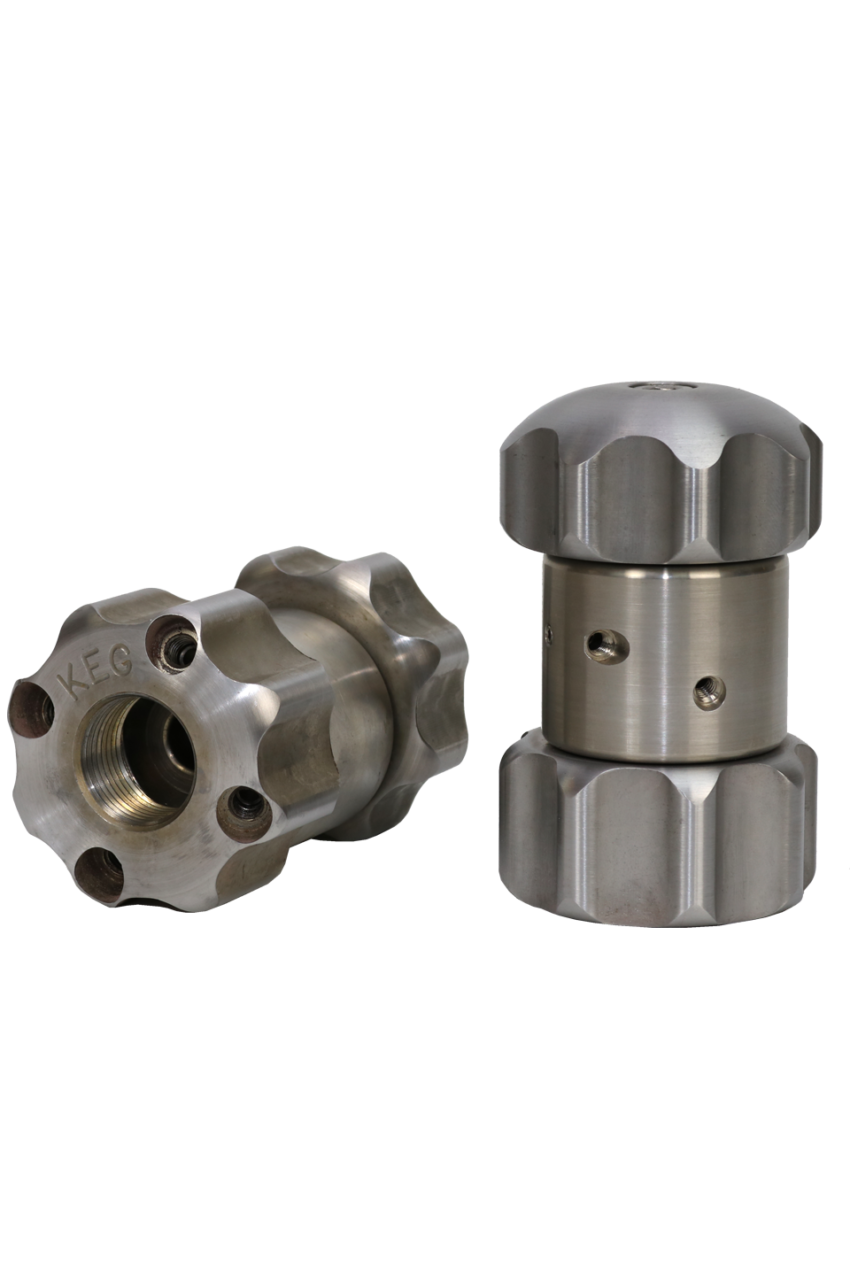In sanitary sewer and storm lines, scale, grout, mortar residue, and mineral deposits as well as cementitious particulates can accumulate over time and harden to the pipe wall or floor.
As a result, municipalities and contractors conduct periodic maintenance to flush debris and sediment from the lines, breaking up hardened obstructions, to prevent blockage and protect downstream wastewater treatment equipment from excessive loading. If this kind of debris is transported by pipe to clarifiers, digesters, sewer vaults, or treatment plants, it can disrupt and overburden the process as it collects and hardens. A similar problem occurs when rain washes debris into the lines prior to treatment.
Although various methods are available to remove tough blockages, some like chain cutters are well suited to cut through obstructions like tree roots but are not specifically designed to dislodge hardened deposits attached to pipe without damage.
“As a modern vibration style nozzle moves through pipe, it is designed to break up even hardened deposits into tiny pieces that flush out with the wastewater. It’s much faster than a cutter and specifically designed to minimize pipe damage,” says Dan Story, Operations Manager at KEG Technologies, a manufacturer of sewer and storm line products including nozzles, chain cutters, and camera nozzle systems.
The OEM’s vibrating rotational nozzle is called the Duce Nozzle. The rotating nozzle can be particularly effective for removing hardened deposits on the floor or wall of sanitary sewer and storm lines. The special nozzle utilizes water driven rotation and vibration to create a unique “jackhammer” action to remove difficult materials such as scaling, grout/mortar residue, tuberculation, or other deposits within pipes. This approach is safer, faster, and more efficient than cutting and milling out the material.
The Duce is specifically designed to remove deposits that have hardened to the pipe wall or floor such as grout, and mortar residue.
When water conservation is necessary, KEG offers another version of the Duce Nozzle that is purposely designed to be used with recycled water and a recycling truck. The use of a recycling truck facilitates up to 5 more hours of jetting per day since the work crew does not need to retrieve more water every 15-20 minutes. The approach saves water, fuel, and vehicle/machine wear.
Although both types of vibratory nozzle can effectively clean hardened materials clinging to pipe, Story advises determining the overall condition of the pipe via camera inspection before use. He also cautions against using the vibratory nozzle in weak, damaged, or clay pipe.
When municipalities and contractors must keep their sanitary sewer and storm lines free of obstructions, using a vibratory nozzle can help operators quickly and effectively remove hardened materials, clear clogs, and restore flow. Compared to more aggressive measures like using chain cutters, the approach can ease line maintenance and minimize incidental damage to pipe.
For more information: call 864-804-6637 or visit kegtechnologies.net.

